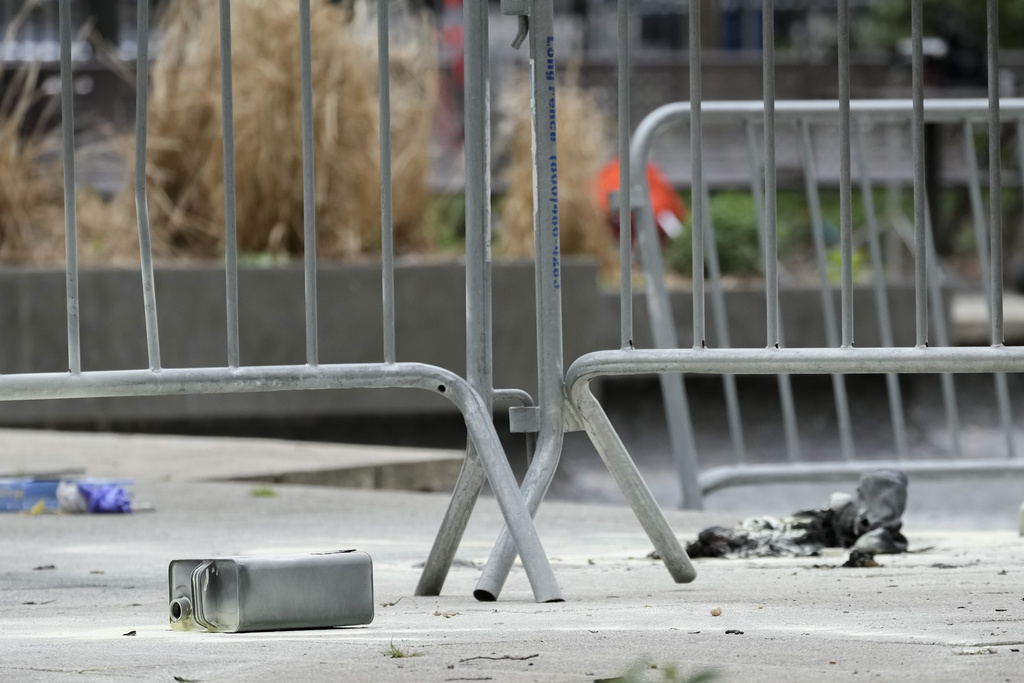Breakthrough Back Training: Feel It to Build It
7 Strategies for a Bigger Back
Are you struggling to feel the muscles of your back working? Can’t get a pump back there or a hard contraction? Here’s what to do.
Back Training You’ll Feel
It’s hard to feel what you can’t see. If you’re struggling to feel your back muscles during training, you’re leaving gains on the table.
Some lifters think they need frequent, high-volume back training to see growth. My theory? That’s only true if your reps and sets are unproductive – if you’re not truly feeling the muscles work. Tap into that mind-muscle connection, feel every rep in the right muscle, and you’ll need less volume. You’ll also build more muscle than ever.
Your back requires multiple movements, different arm paths, and sometimes special techniques. Here are seven exercises and techniques for breakthrough back development.
1. Isolate Your Back First
Most lifters start their back workout with a compound exercise, then move to isolation exercises. But if you struggle with feeling your lats or traps in your compound lifts, switch the order: start with exercises that are better at hitting those specific areas.
Use isolation exercises to pre-fatigue the target area. If you go to failure on these lifts, your target muscles will be doing the work. If you go to failure on a compound lift – and you’re someone who struggles to feel the right muscles working – you may be doing more for your forearms, grip, or biceps than for your back.
To pre-fatigue your lats, start with straight-arm pulldowns. Do them leaning forward, fully upright, or by adding a hinge. Find what technique works best for you. Do 3-4 sets of 12-15 reps at the start of your workout, and get the last set by hitting eyeball-popping (technical) failure.
2. Try Specialty Exercises
Dante rows should be at the top of your list. Dante rows are the brainchild of bodybuilding authority Dante Trudel. They’re somewhat of a hybrid between a straight-arm pulldown and a cable pulldown.
3. Make Pulldowns More Effective
It’s easy to feel pulldowns more in your biceps than your back. So, think about keeping the angle at your elbows as big as you can. This’ll work with most pulldown variations, although it’s harder with fixed machines because the path of resistance is set.
Of course, plenty of lifters have built wide backs without worrying about arm path and biasing different regions of their lats. But for those who struggle with feeling their biceps too much, switching the technique to more of an arcing motion can work better. Keep in mind, your triceps are actually kicking in harder to stabilize the elbow joint, so consider that in the context of the rest of your programming.
4. Do Pre-Set Iso Holds
If you haven’t felt your mid and upper back working for some time, use pre-set iso-holds to ignite everything between your shoulder blades.
Hold the weight for 10-20 seconds in the peak contracted position and at the start of your set. Focus on squeezing your shoulder blades back as hard as you can. Do it with your eyes closed if it helps. This enhances your focus on that area, builds a good connection, and somewhat pre-fatigues the muscles. Then go straight into your standard reps.
5. Switch Out Barbell Bent-Over Rows
Barbell bent-over rows are often considered a back-building staple. But many lifters are limited by strength, existing injuries, or fatigue in their low backs. The result? Upper back growth and strength are limited.
Chest-supported row variations solve this issue. If you don’t have access to one, rowing in the Smith machine is an even closer alternative to barbell bent-over rows. The Smith machine allows you to keep the bar close the entire time, it can be used to control how bent over you are, and you can add paused reps into the equation to keep your form honest.
6. Use the One and a Quarter Method
This allows you to focus and spend more time working the peak contracted portion of your rows. Try them with seated cable rows, dumbbell rows, barbell rows, pulldowns, and pull-ups. The extra quarter-to-half rep should be added in the shortened range of motion where you’ll fail your reps first.
7. Switch Legs to Eliminate Cheating
Your standard 3-point row will either involve your opposite leg forward to your working arm or feet parallel. With the “same leg” 3-point row, you’ll go against the grain and have the same leg forward as your rowing arm.
Using the same-side leg as your working arm reduces how much momentum you can generate through the pelvis. It also reduces the distance between your upper arm to low back and pelvis, helping you get a good squeeze in your lats as you row inward.
Programming Notes
Try these seven exercises and techniques on back day, but don’t do them all at once. Instead, pick just one or two and see how it goes. A little trial and error will go a long way. Remember, your goal is to do less junk (reps/volume/exercises) and direct more effort toward the stuff that works.
Enjoyed this article. When you State one should keep a large elbow angle during pull down exercises, are you referring to flaring the elbows as wide as possible during the movement? Thank you
Glad you enjoyed it. No, we’re taking about degrees of flexion at the elbow joint (eg think of a bicep curl where there’s a smaller angle at the top of the curl and larger at the bottom). So trying to flex your elbow less as you pull down.
" Conservative News Daily does not always share or support the views and opinions expressed here; they are just those of the writer."







